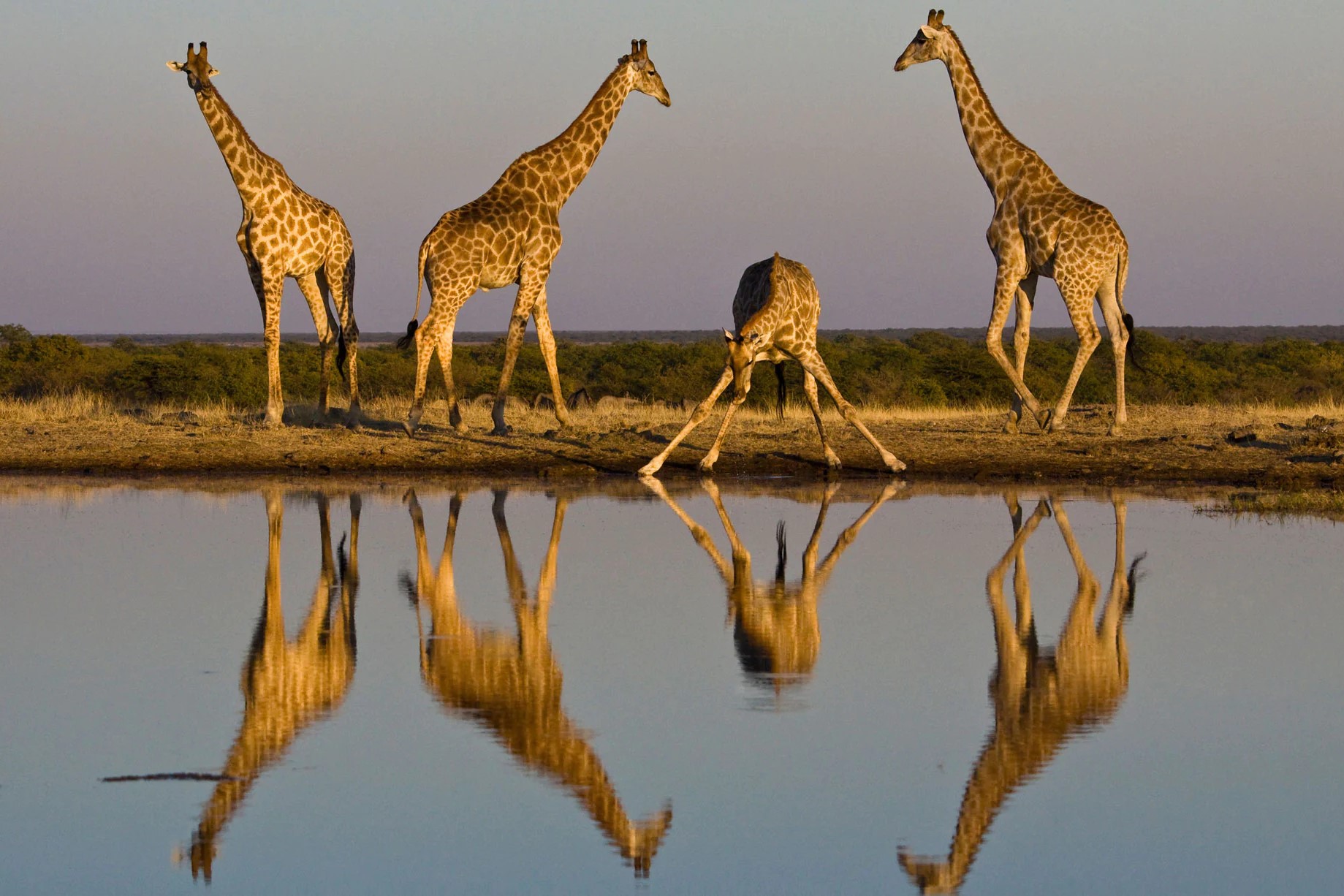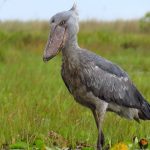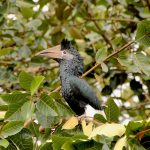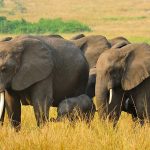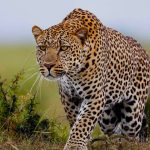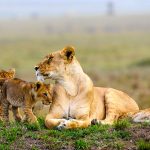The Majestic Giraffe: A Closer Look at Africa’s Tallest Mammal
Giraffes in Africa. The giraffe, scientifically known as Giraffa camelopardalis, is an iconic and majestic creature that graces the landscapes of Africa with its towering presence; Renowned for its distinctive long neck and spotted coat, the giraffe is not only the tallest land mammal but also a symbol of grace and beauty in the animal kingdom.
Description: – Giraffes in Africa
Giraffes are easily recognizable by their towering height, with adult males reaching an astonishing 18 feet (5.5 meters) and females around 14 feet (4.3 meters); Their unique spotted coat, resembling a mosaic of irregular patches, serves as an excellent camouflage in the African savannas, where the giraffe primarily resides; The coat coloration varies among individuals, ranging from light tan to darker shades, and the irregular patches help them blend into the dappled sunlight and shadows of their habitat.
The most distinctive feature of the giraffe is its long neck, which can measure up to 6 feet (1.8 meters) in length; Contrary to popular belief, giraffes have the same number of neck vertebrae as humans, specifically seven, but each vertebra is elongated. The long neck allows giraffes to reach the leaves at the tops of acacia trees, their primary source of food.
Habitat:
Giraffes are native to the open savannas, grasslands, and open woodlands of sub-Saharan Africa. They are commonly found in countries such as Uganda, Kenya, Tanzania, Zambia, Namibia, and South Africa. Giraffes are well-adapted to these environments, where the availability of acacia trees provides them with a continuous supply of leaves.
These gentle giants are social animals that often roam in loose herds, creating a sense of community. The openness of their habitat allows giraffes to use their height advantage to detect predators from a distance, giving them a better chance of evading potential threats.
Lifespan: – Giraffes in Africa
The lifespan of a giraffe in the wild typically ranges from 20 to 25 years. However, factors such as predation, diseases, and environmental conditions can influence their longevity. In captivity, giraffes may live longer due to the absence of natural predators and access to veterinary care.
Gestation Period:
Female giraffes, known as cows, have a gestation period of approximately 15 months. Typically, a single calf is born, although twins can occur infrequently. The mother gives birth while standing, and the calf drops to the ground, experiencing a somewhat abrupt entrance into the world; Within a few hours, the newborn is capable of standing and walking, enabling it to join the mother and the rest of the herd.
Conservation Status:
Despite their cultural significance and popularity, giraffes face several threats in the wild. Habitat loss, poaching, and human-wildlife conflict pose significant challenges to giraffe populations. The International Union for Conservation of Nature (IUCN) lists giraffes as vulnerable, emphasizing the need for conservation efforts to protect these magnificent creatures and their habitats.
Conclusion: – Giraffes in Africa
The giraffe’s remarkable features, from its towering height to its intricate coat patterns, make it a captivating species in the African wilderness; As we celebrate the beauty of giraffes on their own terms, it is crucial to recognize the conservation challenges they face and work towards ensuring the survival of these graceful giants for generations to come.

